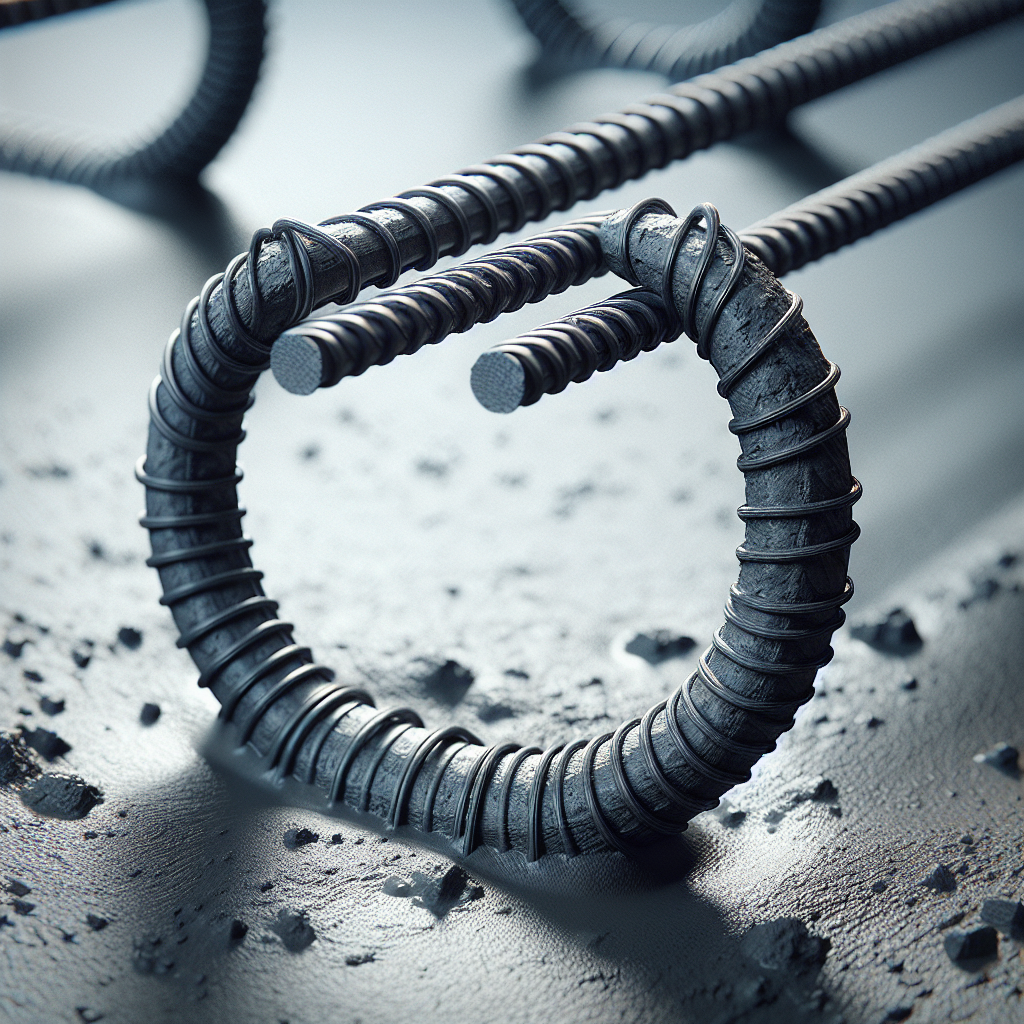Understanding Stirrups In Concrete
Stirrups in concrete is a common practice in the construction industry. It refers to a specialized concrete technique that incorporates steel bars, known as stirrups, into the mix to enhance structural integrity.
In the realm of construction, placing stirrups in concrete has a vital role. It is used extensively in columns and beams to resist shear and diagonal tension forces. The strategic placement of these stirrups contributes significantly to the ductility and resilience of concrete structures.
At the core, stirrups in concrete is what gives buildings their backbone, ensuring they stay strong and safe, regardless of external forces.
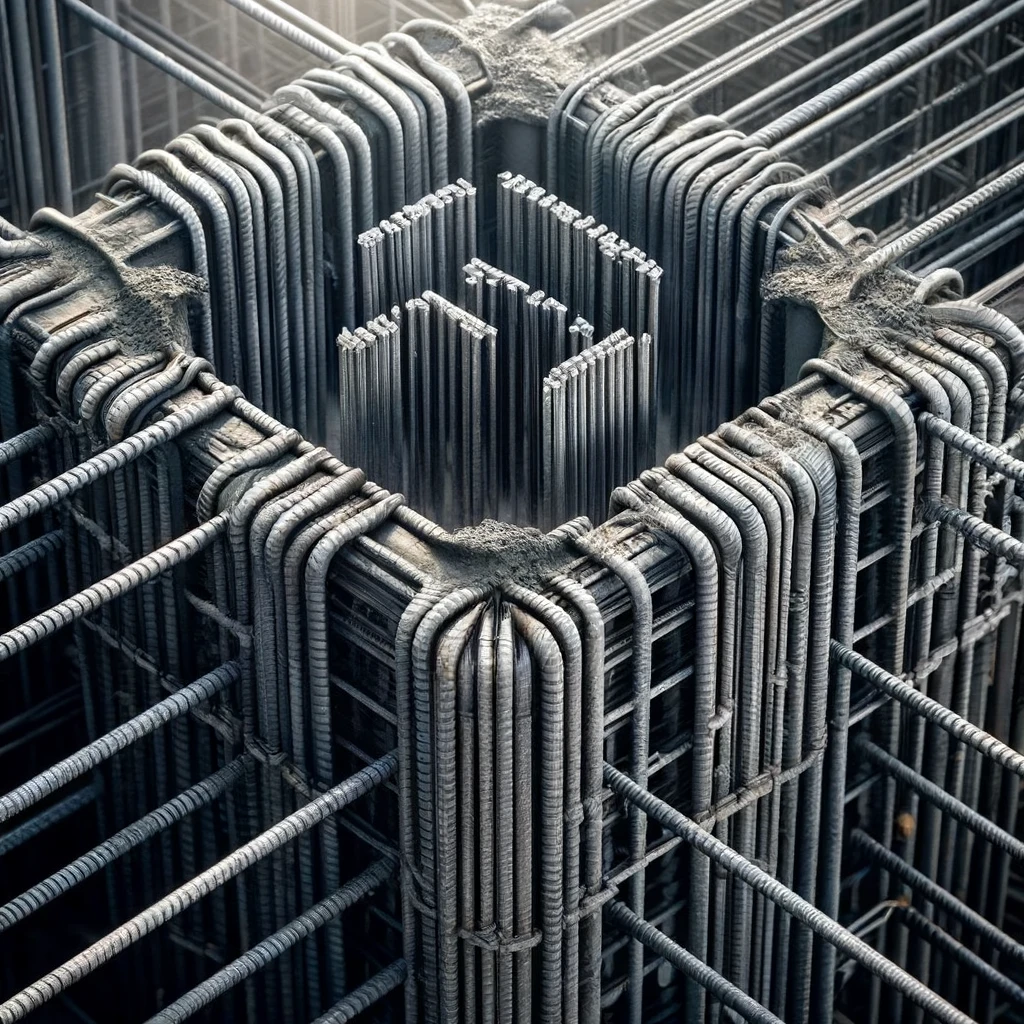
Table of Contents
The Purpose of a Stirrups in Construction
A ubiquitous term in the construction industry, ‘stirrup’ refers to a specific type of reinforcing bar used in structural engineering, particularly in reinforced concrete construction projects. The main job of a stirrup is to hold the main longitudinal reinforcement bars together in a structural member and to form the skeleton of the member.
Functions of a Stirrup in Construction
The stirrup typically serves various crucial roles in construction projects. Its primary purpose is to add structural rigidity and strength while also acting as an anchor point. Here are some of its essential roles:
- Resistance to shear and torsional forces.
- Provides lateral support against buckling of the main reinforcement bars.
- Maintain the concrete cover for the reinforcement bars.
1. Resistance to Shear and Torsional Forces
Construction projects often face various external forces, such as compression, tension, shear, and torsion. One of the main functions of the stirrup is to resist shear and torsional forces in a beam structure, thereby bolstering the structural integrity and prolonging the life of the build.
2. Providing Lateral Support
“Lateral support” refers to support given to prevent a structural member from buckling under loads. Stirrups play a crucial role in supporting the main reinforcement bars to help manage these loads effectively.
3. Maintaining Concrete Cover
The stirrup’s other essential function is maintaining the concrete cover, which is the protective layer of concrete placed over reinforcing steel bars. This layer serves as a barrier that helps prevent corrosion and other negative impacts to the bars resulting from weather and other environmental factors.
The Significance of Stirrups in Modern Construction
Stirrups are a fundamental part of the modern construction process. They can be found in various concrete structures, from bridges to buildings. Regardless of the scope or size of the project, the use of stirrups can significantly enhance structural strength, stability, and lifespan.
For all budding construction experts, understanding the purpose of a stirrup in construction is a must. The next time you see a reinforced concrete structure, you’ll know the silent, often unseen role stirrups are playing to keep our structures standing strong and safe.
You can find more information on the usage of stirrups in construction in this detailed guide from the Engineering Community.
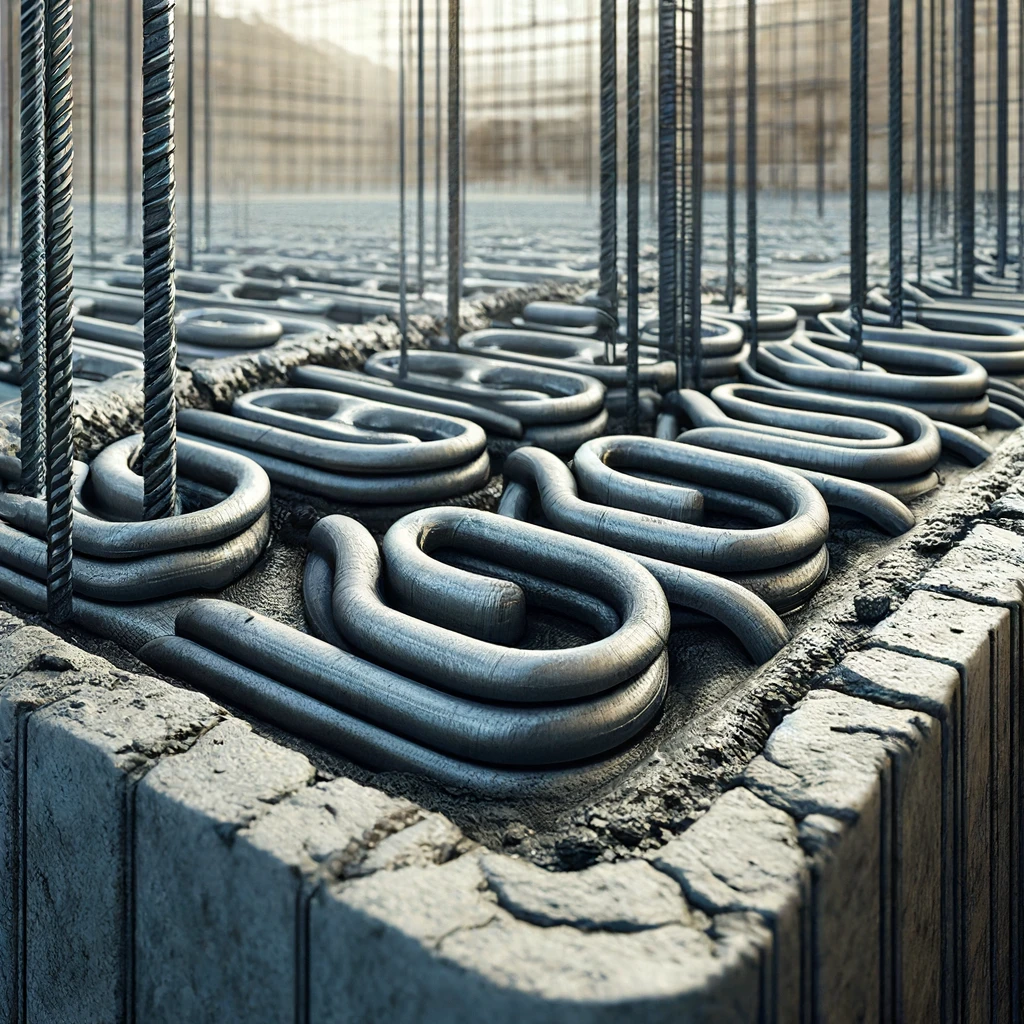
The Mechanics of Rebar Stirrups
Going beyond initial comprehension, let’s head into the construction science that thrusts stirrups onto center stage in the world of reinforced concrete structures. This detailed understanding will solidify your knowledge about stirrups and their role in construction.
How Stirrups Reinforce Concrete
Concrete, while robust in compressive strength, is relatively weak in tensile strength. In simpler words, while it can withstand a high amount of vertical pressure, it is not well suited to resist forces that pull it apart, such as those caused by wind or seismic activity. To compensate for this weakness, stirrups, among other types of reinforcement, are used.
1. Role in Crack Prevention
Stirrups are positioned in strategic locations where tensile stress is anticipated. By doing this, when tension forces occur, the stirrup absorbs these, reducing internal stresses in the concrete and preventing cracks from forming, growing, or spreading. This way, stirrups perform an essential role in enhancing the durability of a structure.
2. Enhancing Structural Toughness
Stirrups, due to their shape and positioning, also enhance the ductility of reinforced concrete structures. Ductility refers to a material’s ability to undergo significant deformation before fracture. Increased ductility means that a structure can withstand larger deformations and experience less sudden, brittle failures, making it safer during unprecedented loading conditions.
Choosing the Right Stirrup for the Job
Not every project demands the same type of stirrup. The selection of stirrup type depends on the forces anticipated to act on the structure, the type of structure, and the standards and codes in the construction jurisdiction. Some common stirrup shapes include rectangular, square, polygonal, and circular.
1. Rectangular and Square Stirrups
These are the most common types used in building constructions. Depending on the load conditions and other specifications, their dimensions and steel diameter vary. Their primary purpose is to resist bending and shear forces.
2. Circular Stirrups
These are typically used in cylindrical structures or when dealing with torsional forces. Circular stirrups offer more evenly distributed reinforcement around the cross-section of the column or beam, providing exceptional resistance to torsional forces.
Bar Bending and Stirrup Fabrication
A crucial part of using stirrups is the process of bar bending and stirrup fabrication. Stirrups are usually bent and tied manually or automatically using stirrup bending machines. The mode of bending and fabrication depends on the project size, cost factor, and other variables. Understanding these details helps in accurate planning and estimating for construction projects.
Want to learn more about stirrup fabrication and bar bending? Check out this in-depth article from Construction Specifier.
The use of stirrups in construction is a potent technique to enhance the structural integrity and longevity of structures. Understanding the mechanics of stirrups and their role in reinforcing concrete can add a substantial edge to your technical knowledge and professional toolkit in the world of construction.
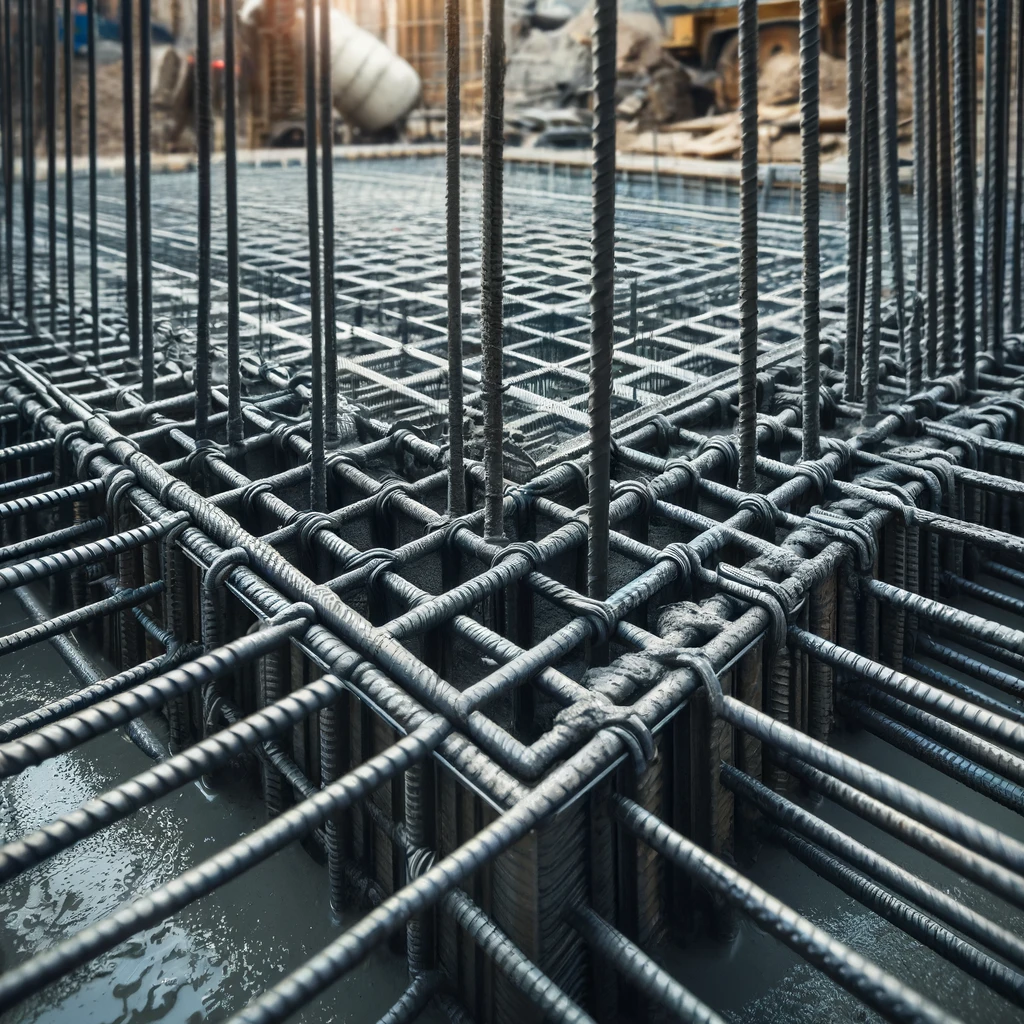
Comparing Ties and Stirrups in Reinforced Concrete
While both considered as important elements of reinforced concrete construction, ties and stirrups serve different functions and are used in varied contexts.
Understanding the difference between these two will give you a more rounded perspective of how reinforcement works in structural engineering.
Understanding Ties in Construction
Like stirrups, ties are used to secure longitudinal reinforcing bars (rebars) in position during concrete placement. But unlike stirrups, ties are most commonly found in columns and are often designed to safeguard against potential column failure due to lateral and buckling forces.
1. Provisions Against Lateral Forces and Buckling
Ties impede buckling failure of the column by holding the entire column’s longitudinal bars together. They also provide lateral support to these bars when subjected to compression loads. Therefore, ties significantly enhance the column’s strength and stability against buckling under loads.
2. Use in Column Construction
In reinforced concrete columns, ties are typically spaced closely at the column ends where high shear and bending occur and are spaced evenly along the column’s length. These ties form a sort of cage within the column, encasing the longitudinal bars and significantly improving structural integrity.
Comparing Stirrups and Ties
Although ties and stirrups function in somewhat similar ways – providing stability, maintaining placement, and resisting particular forces, they differ mainly in use, structural application, and specific responsibilities in a reinforcement system.
1. Use and Structural Application
While stirrups are generally utilized in beam construction to resist shear and torsional forces, ties find application primarily in column construction where they resist lateral and buckling forces.
2. Specific Roles in a Reinforcement System
Stirrups are meticulously placed at anticipated locations of tensile stress to prevent cracking, while ties are used to maintain column stability and resist buckling. The latter also confine the core concrete in a column, which is crucial in regions prone to severe seismic activity.
Making the Right Choice: Stirrups or Ties?
The choice between using a tie or stirrup will depend on the specific requirements of the structural member and expected loads. Consequently, it’s vital to ensure the correct selection and implementation of either stirrups or ties in a construction project for optimal reinforcement and durability.
For in-depth insights on ties in column construction, I recommend this comprehensive guide from Concrete Network.
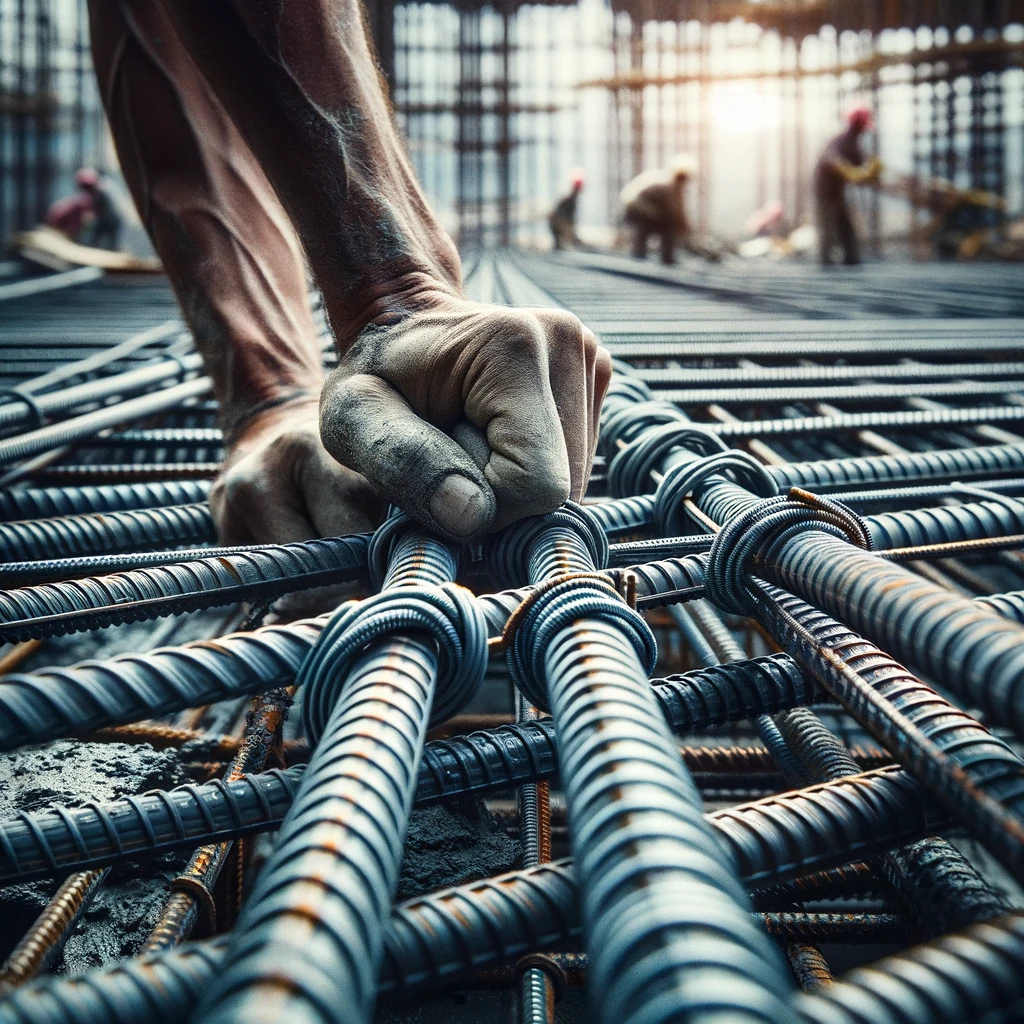
Conclusion On Stirrups In Concrete
Both ties and stirrups play a pivotal role in concrete reinforcement—each with its unique set of responsibilities and application.
The choice between using a tie or a stirrup largely depends on the structural situation at hand. Understanding the roles and differences between these two gives you an edge in the construction industry, whether you’re a budding engineer or an established professional.
In conclusion, we’ve found that the ‘stirrup,’ though an often overlooked component in construction, plays a crucial role in the integrity and longevity of our structures.
From resisting shear and torsional forces, offering lateral support, to maintaining the concrete cover – the multi-faceted functions of stirrups contribute significantly to a build’s strength and stability.
In our experience, their ubiquitous presence in multiple structures, from buildings to bridges, establishes their importance in modern construction. From our perspective, a thorough understanding of the vital roles stirrups play is indispensable for anyone in the construction field. They are the silent warriors, providing crucial backing to our structures, resulting in buildings that stand the test of time.
